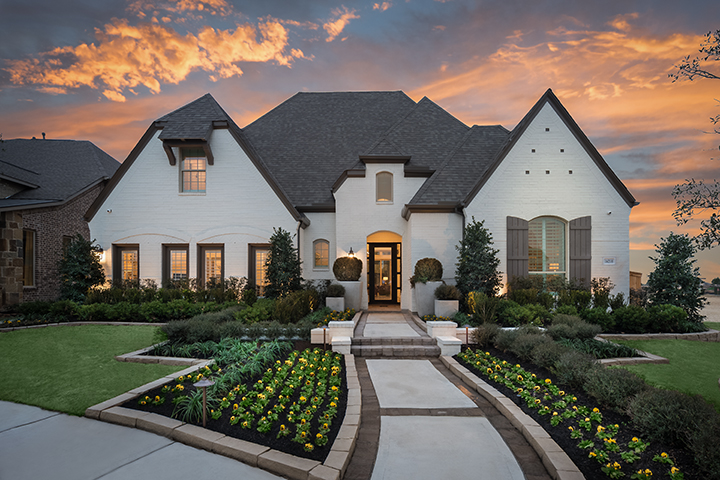The Howard Hughes Corp. has broken ground on the third of four villages that make up the Bridgeland master-planned community, with a grand opening set for next spring.
Prairieland Village will be the largest of the four Bridgeland communities and the first to be built on the west side of the Grand Parkway. It will follow two other Bridgeland communities, Lakeland Village and Parkland Village. Prairieland Village will cover more than 3,000 acres, bringing the total size of Bridgeland to approximately 11,500 acres. More than 7,000 home sites are planned for approximately 26,000 residents. Pre-sales are expected to begin in May.
The development will be built near Interstate 10 and Highway 290 with short commutes to the Energy Corridor and the Woodlands, according to Heath Melton, executive vice president of master-planned communities for the Howard Hughes Corp. Prairieland Village residents will be approximately 30 minutes from George Bush Intercontinental Airport. The village will be served by the Katy IDS, Cy-Fair IDS and Waller school districts. Waller will open a new school in the village, possibly as early as Fall 2023, according to Melton.
Sales of the homes is expected to bring $3 billion in taxable sales revenue to West Houston. The economic benefits to the region will be complemented by an emphasis on nature and sustainability in the community’s design, Melton said.
“Our newest village of Bridgeland represents the next step of innovative design, environmental sustainability and community engagement,” said Melton. “It has been years in planning, with many smart and creative individuals involved from idea to execution. Along with our first two villages, Prairieland Village will be a major economic driver for the fast growing West Houston region.”
Jim Carman, president of the Houston region for the Howard Hughes Corp., explained that Prairieland will follow guiding principles that foster a balance between the natural landscape and the built environment.
The village’s amenities will give residents ample opportunities to gather outside and enjoy the outdoors. There will be a series of lakes for recreational activities, a lakefront pavilion, canoe and kayak launches, hiking and biking trails, bird-watching locations, catch-and-release fishing, open play fields, neighborhood parks and playgrounds. Outdoor areas will incorporate seating, Wi-Fi, LED lighting, water access hookups and electrical outlets for events and gatherings.
“At a corporate level, the Howard Hughes vision includes excellence in execution, masterful design, building for the future, and being creators of culture,” Carman said. “We are dedicated to improving quality of life for our residents by building communities with healthy spaces to live, work, discover and socialize.”
Toward that end, the landscape will feature a system of lakes and bioswales – channels designed to carry storm water and replenish groundwater while filtering out debris and polluting elements. There will be meadows and pockets of forest to encourage residents to engage with the natural environment as a way to foster well-being. The prairie also will connect multiple ecosystems, contributing to greater biodiversity and providing environmental benefits such as natural cooling, carbon capture and clean water.
“Not only will the village include a focus on activity and gathering spaces to encourage residents to get outdoors and connect with each other, Prairieland Village will be developed as environmentally friendly, low-impact development,” said Carman. “The prairie-like plantings require less maintenance. The lake system throughout the community will provide a large majority of irrigation, and LED lighting requires less energy to operate.”
The village will have a mix of home styles ranging in price from the low $200,000s to more than $1 million. Builders will be selected this May and the first model homes are expected to open early next year.

